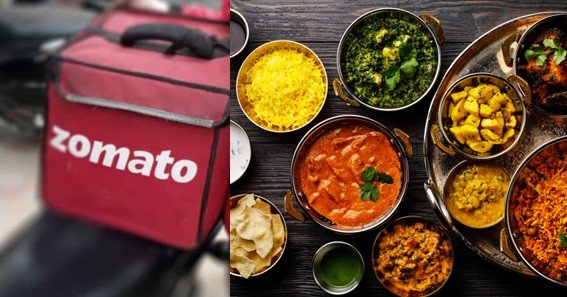Zomato, a leading player in the Indian food-tech industry, has strategically allocated its spending to drive growth and maintain a competitive edge. Over the years, the company’s investment focus has shifted, reflecting its evolving business model and the changing dynamics of the food delivery market.
Key Areas of Zomato’s Spending
1. Quick Commerce (Blinkit)
Zomato’s most significant investment in recent years has been in its quick commerce segment, Blinkit. Acquired in 2022, Blinkit has quickly become a central focus of Zomato’s expansion strategy. The company has invested heavily in expanding Blinkit’s store network, with a target of reaching 1,000 stores by March 2025. This investment is aimed at capitalizing on the growing demand for instant delivery services, with Zomato planning to add 100 new Blinkit stores by the end of the current quarter.
2. Food Delivery Infrastructure
Another substantial portion of Zomato’s spending is directed towards its core food delivery business. This includes investments in technology, logistics, and partnerships with restaurants. The company has focused on improving delivery times and expanding its presence in new cities. In FY24, the food delivery segment generated ₹6,361 crore in revenue, a significant increase from the previous year, indicating ongoing investments in this area.
3. Technology and Product Development
Zomato continues to invest in technology to enhance user experience and optimize operations. This includes upgrades to its mobile app, backend systems, and AI-driven analytics for better demand forecasting and inventory management. These investments help Zomato stay competitive in a rapidly evolving market where user experience is key.
4. Hyperpure
Zomato’s B2B vertical, Hyperpure, which supplies fresh ingredients to restaurants, is another area where the company has ramped up spending. Hyperpure’s growth has been impressive, with revenues reaching ₹2,301 crore in FY24. The company continues to expand its supply chain infrastructure to support this segment, reflecting its long-term commitment to this business.
5. Marketing and Customer Acquisition
To maintain and grow its market share, Zomato allocates a significant budget to marketing and customer acquisition. This includes digital marketing campaigns, promotions, and discounts designed to attract new users and retain existing ones. These efforts are crucial in a competitive market where consumer loyalty can be fleeting.

Frequently Asked Questions (FAQs)
1. Where is Zomato investing the most?
Zomato is investing heavily in its quick commerce segment, Blinkit, aiming to expand its store network and capitalize on the growing demand for instant delivery services.
2. How much is Zomato investing in Blinkit?
Zomato plans to invest significantly in Blinkit, with a target to reach 1,000 stores by March 2025, including adding 100 new stores by the end of the current quarter.
3. What other areas are seeing significant investment from Zomato?
Apart from Blinkit, Zomato is investing in its food delivery infrastructure, technology development, and its B2B segment, Hyperpure.
4. How does Zomato’s investment in technology benefit its business?
Zomato’s investment in technology enhances user experience, optimizes operations, and helps the company stay competitive through better demand forecasting and efficient inventory management.
5. What is Hyperpure, and why is Zomato investing in it?
Hyperpure is Zomato’s B2B segment that supplies fresh ingredients to restaurants. Zomato is investing in expanding Hyperpure’s supply chain infrastructure due to its significant growth and profitability.
